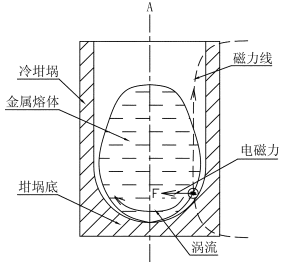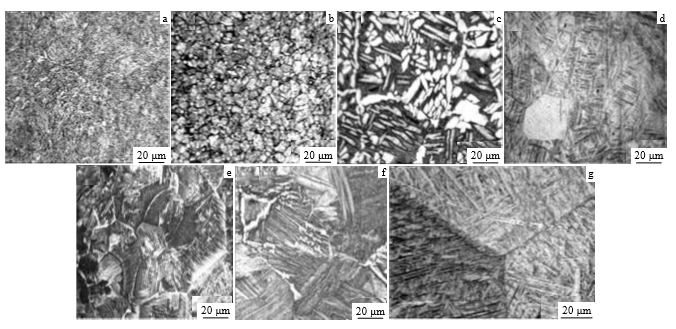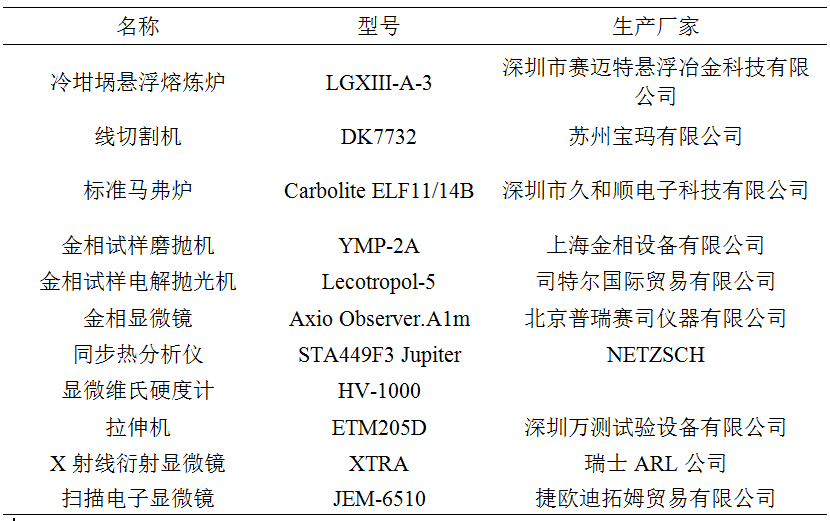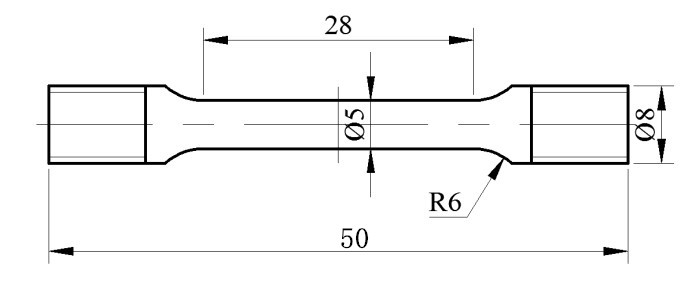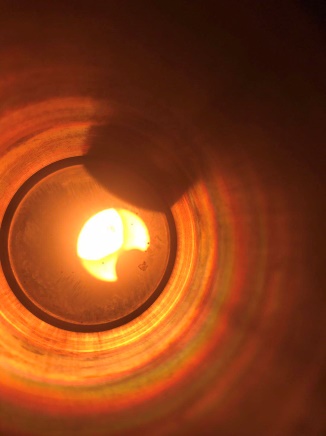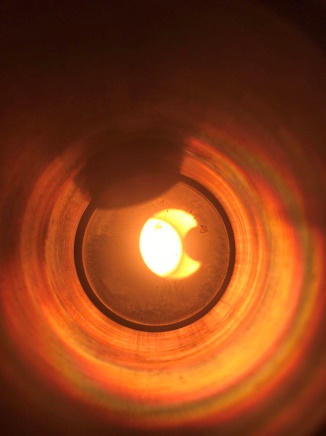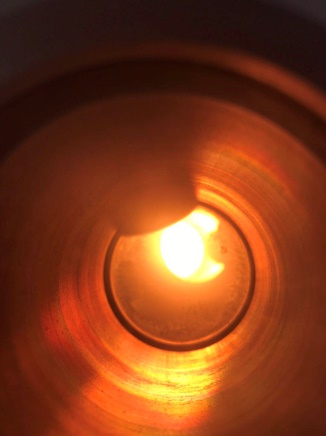TC4-0.7Fe合金的悬浮熔炼及β热处理对其组织和性能的影响毕业论文
2020-07-06 18:16:20
摘 要
Ti6Al4V(TC4)合金作为当前应用最广泛的钛合金,具有良好的综合性能,稳定性高,对Ti6Al4V合金的改进与应用的研究成为当前的热点。本课题主要是利用真空悬浮熔炼的方式进行Ti-6Al-4V-0.7Fe体系合金的制备,熔炼完成后对其进行锻造、轧制。采用β固溶 时效的热处理制度对合金进行热处理,对热处理后的合金进行金相组织观察,用金相软件及XRD分析合金片层组织中相比例、晶粒尺寸大小,并对微观组织与合金的拉伸性能、硬度间的关系进行研究,从而得到综合力学性能良好的片层组织参数。
多次悬浮熔炼后的合金铸锭晶粒明显变小,合金的组织更加均匀。实验研究发现,当固溶温度在相变点以上时,合金组织全部转变成片层状组织,合金中只存在α相和β相。并且随着固溶温度的升高,合金的原始β晶粒迅速长大,从725.45μm长大到2029.15μm。次生α相的宽度也逐渐变大,从1.16μm变大到1.45μm。合金的抗拉强度由954.72MPa降低到926.29MPa,屈服强度同时降低。相应的合金的塑性增强,硬度增加。1040℃温度下,拉伸性能匹配性最好。
关键词:TC4-0.7Fe合金,悬浮熔炼,β热处理,金相组织,拉伸性能
Effect of Suspension Melting and β Heat Treatment on Microstructure and Properties of TC4-0.7Fe Alloy
Abstract
As the most widely used titanium alloy at present, Ti6Al4V (TC4) alloy has good comprehensive performance and high stability. Research on the improvement and application of Ti6Al4V alloy has become a hot spot. This project mainly uses the method of vacuum suspension smelting for the preparation of Ti-6Al-4V-0.7Fe system alloy. After smelting, it is forged and rolled. The alloy was heat-treated using a heat treatment regimen of β-solution and aging, and the metallographic microstructure of the heat-treated alloy was observed. The metallographic structure and the grain size of the alloy lamellae were analyzed by metallographic software and XRD, and the microstructure was observed. The relationship between the tensile properties and the hardness of the alloy was studied to obtain the lamellar microstructure parameters with good mechanical properties.
The crystal grains of the alloy ingot after multiple suspension smelting are significantly smaller, and the alloy structure is more uniform. Experimental studies have found that when the solution temperature is above the transformation point, the alloy structure is completely transformed into a lamellar structure, and only α-phase and β-phase exist in the alloy. And with the increase of solution temperature, the original β grains of the alloy grow rapidly and grow from 725.45μm to 2029.15μm. The width of the secondary α-phase also gradually increases from 1.16 μm to 1.45 μm. The tensile strength of the alloy decreases from 954.72 MPa to 926.29 MPa, and the yield strength decreases at the same time. The plasticity of the corresponding alloy increases and the hardness increases. At 1040°C, tensile properties match best.
Keywords:TC4-0.7Fe alloy; suspension smelting; β heat treatment; metallographic structure ; tensile property
目录
第一章 绪论 1
1.1钛合金概述 1
1.1.1钛及其合金的介绍 1
1.1.2 Ti-6Al-4V钛合金 1
1.1.3 Fe元素对Ti-6Al-4V钛合金的影响 2
1.1.3 Ti-6Al-4V钛合金的应用 3
1.2钛合金的熔炼技术 5
1.2.1熔炼技术的分类 5
1.2.2悬浮熔炼技术 5
1.3热处理对TC4的影响 6
1.3.1可应用于TC4的热处理 6
1.3.2热处理对Ti6Al4V合金组织形态演变的影响 6
1.3.3组织形态对力学性能的影响 8
第二章 实验材料及方案 9
2.1实验材料及设备 9
2.1.1实验材料及试剂 9
2.1.2实验使用的设备 9
2.2实验的流程与操作 9
2.2.1实验的流程与大体方案 9
2.2.2 TC4-0.7Fe合金的熔炼 10
2.2.3实验试样的制备 10
2.2.4测定原始样的相变点 11
2.2.5制定热处理工艺并执行 11
2.2.6观察热处理后的金相组织 12
2.2.7 对合金进行XRD物相检测分析 12
2.2.8测试热处理后合金的拉伸性能 12
2.2.9拍摄与分析断口形貌 13
2.2.10硬度测量 13
第三章 实验结果与分析 14
3.1 TC4-Fe的悬浮熔炼 14
3.2测TC4-0.7Fe的相变点 16
3.3 热处理后TC4的合金组织 17
3.4 XRD衍射图 20
3.5热处理后合金的拉伸性能 20
3.6拉伸后的断口形貌 21
3.7热处理后合金硬度 23
第四章 结论 24
参考文献 25
致谢 27
绪论
1.1钛合金概述
1.1.1钛及其合金的介绍
钛元素是在1791年被发现的,由于其金属活泼性高,因此难以提炼。首次被提炼是在1910年,而在1940年出现了镁还原法,由此钛产业开始高速发展。钛在地壳中储量丰富,是铜的十倍。但钛的应用不如铜那么广泛,一方面是钛的富集矿很少,另一方面是钛的制备成本高。金属钛拥有很多的优点,如比重小、热强性好、抗腐蚀、膨胀系数小、韧性高、抗疲劳性能优秀等。钛有同素异构体,885℃以上为β相,密排六方结构,885℃以下为α相,体心立方结构。钛性能优越,资源丰富,首先应用与航空工业,随着对钛的研究不断深入,钛在各个领域都有广泛的应用。
以钛为基体向其中加入其它合金元素制备成成合金,这些合金统称为钛合金,其拥有很多优异的性能,如比强度高、热强性能好、耐蚀性强、低温性能好、化学活性大等,因此在航空航天领域首先被应用,由此延伸到其他领域,如海洋工程与船舶制造、生物医药领域,并且一步步深入人们的日常生活。
相关图片展示:
